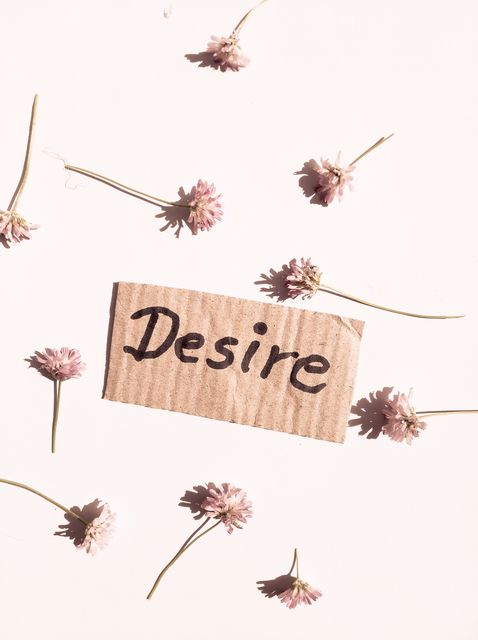
Consider a person, any person, in your life. This person might be friend. Or perhaps it is someone with different stances theologically or politically. In fact, it might be helpful to picture someone like that. Get a real feel for them. Picture them in your mind. Picture your interactions with them. And then consider this question:
Beyond the differences, what do you share in common with this person as a fellow human being that you share with all other human beings?
This is the question we have been considering with a series of blogs taken from a workshop entitled: You Are What You Love—A Spirituality of Desire. We have considered many ways to answer this question:
I think, therefore I am. You are what you think.
I believe, therefore I am. You are what you believe.
I do, therefore I am. You are what you do.
I feel, therefore I am. You are what you feel.
In our last post, we considered how love and desire may be the answer to this question. You are what you love/desire. We wondered how desire captures more fully the essence of who we are as human beings. With this post we want to understand more fully what we mean by desire.
Desire as the foundation of an understanding and experience of personhood is difficult to reduce to a definition. So I want to use a variety of sources that offer some descriptions of desire’s presence in and effect on our lives.
Images and music may be better at capturing the foundational nature of desire, so I offer these two videos. As you watch, respond to the music and the words. But also respond to the images and what is portrayed. Respond to the tone and feel that are stirred in you by the combination of words, music, and visual images.
And then consider, what do all of these responses tell you about desire?
As the band members walk through the streets of Las Vegas, a place that offers so many ways to express and satisfy desire, there is the plaintive cry, repeated over and over, “I still haven’t found what I’m looking for.” As John Lennon and Yoko Ono move from darkness to light, John sings of what he imagines for himself and the world.
Desire can be that deep-seated feeling that I still “haven’t found what I’m looking for.” Desire is that part of us that imagines and hopes for the world to be different. Desire, then, is that feeling of deep discontent with parts of the way we are or with parts of the way the world is.
So, our desires speak to us of our incompleteness, but this incompleteness is not a moral failure or the feeling of doing something wrong. Instead, our desires “imply a condition of incompleteness because they speak to us of what we are not or what we do not have. Desire is, also, therefore, a condition of openness to possibility and to the future. Desires may ground us in the present moments, but at the same time they point to the fact that this moment does not contain all the answers” (Sheldrake, 12).
Ironically, one place where we can see clearly the foundational and indomitable presence of desire is in the experience of suffering. When suffering happens, it is possible to believe that it comes from the fact that we have fallen into sin, that at some level our suffering is justified, or that it is just a part of life. But most of us move beyond these perspectives and realize that we have done nothing to deserve the suffering. This is when we begin to cry out, “Why?” This is where we join with Job and cry out against the unfairness of what we are experiencing.

But consider that any “awareness of how deeply we suffer is possible because it arises out of an intuition of something more fundamental to us. Deeper than the distortion of our lives is a beauty and luminosity that makes suffering seem an utter contradiction to our true nature” (Wendy Farley, The Wounding and Healing of Desire, 20).
We do not cry out, “This is unfair,” just because we are angry, but because some part of us experiences suffering as something foreign, as a betrayal. But what we often don’t consider is that this deep dissatisfaction at the presence of suffering comes not just as a recognition but also a desire for things to be different.
Desire is not some kind of personal power “out there” that controls us and with which we struggle or participate; instead, “desires are best understood as our most honest experiences of ourselves, in all our complexity and depth, as we relate to the people and things around us” (Sheldrake, Befriending Our Desires, 12).
So go back to the person I invited you to consider a moment ago.
There is a lot that you do not know about them. There is a lot that you will never know about them. But one thing you can know is that these are persons of desire. These are persons who are filled with yearning and desire.
Even if they never use the language, you can know that surging beneath their ordinary desires is a brilliant desire that makes them “glisten like stars” (Farley, 3). For each of them, “longing is the motion of the heart toward that which it does not or cannot possess. Our deepest desires are not always known to us, but our longings are their light footsteps in the snow” (Farley, 3).
Again, I have not offered a definition, or even a description, of desire, but hopefully these images are evocative enough to consider how desire may be basic and foundational to who we are as humans. I welcome your own thoughts, wonderings, questions, images.
